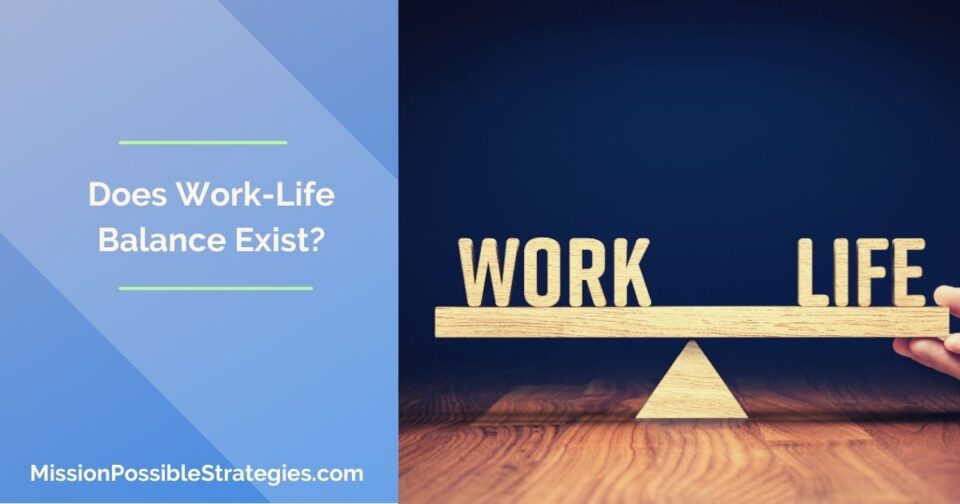This post describes the difference between work-life balance and work-life integration.
I did not get my blog post out last week because I adopted a puppy from a rescue sanctuary. My life was turned upside down! I jokingly posted on LinkedIn that I was on maternity leave.
It made me think about work-life balance and whether it’s even possible to “balance” our work and personal lives. Twenty years ago, when I had young children at home, there was no such thing as a hybrid schedule or working from home. When I was at work, I was worrying about my children, and when I was at home I was worried about the office. I felt like a failure at everything.
We’ve all struggled with keeping a healthy balance between our work life and our personal life. It’s not easy to take care of our families, our health, our personal passions, and even pets while also taking care of our responsibilities at work.
What is Work-life balance?
Work-life balance seeks to equally prioritize the demands of work and personal life by establishing clear boundaries and a firm, designated schedule.
Being able to disconnect from one to pay attention to the other is challenging. So how do people actually achieve work-life balance?
The thing is… most people don’t! We often find ourselves burdened with feelings of guilt because we can’t be fully present.
If you’re at a family event and someone from work pings you, you get stressed trying to decide if you should see what the message is about. If you’re at the office, you struggle to keep your mind on work because you’re thinking about your children, what to have for dinner, and the laundry.
And with remote and hybrid workplaces growing recently, it feels like it’s harder than ever to separate our work life from our personal life. But what if we should integrate them rather than separate them? Could that work?
What is Work-Life Integration?
Work-life integration refers to blending our personal and professional obligations and finding areas of compromise. Examples are folding laundry while on a conference call to bringing your children to the office when schools are closed.
This opens a whole new world of possibilities to lower our stress levels and find more fulfillment. The flexibility behind work-life integration allows you to coordinate responsibilities and schedules in a more functional way. This can increase satisfaction in every aspect of life and increase productivity, both personally and professionally.
It’s important to note that work-life integration can also have a negative impact. Work-life integration still seeks a certain balance, so if you don’t set the appropriate boundaries, you’ll experience more stress and a decrease in satisfaction and productivity.
How to Choose Between Work-Life Integration vs. Work-Life Balance:
It’s important to take into consideration every activity you do in both aspects of your life and to think about how you usually tackle your tasks.
If you feel like interruptions pull you out of focus and it’s difficult to get back in the zone, then work-life balance could be for you. You should establish a schedule for every activity to help you get everything done on time.
If you’re a person who has a hard time concentrating for long periods of time, work-life integration is the way to go. You can take constant breaks from work to complete personal tasks; this will give you the chance to use your time wisely and be more productive throughout the day.
Ultimately, whatever you choose, the purpose is to help you lower stress, benefit your personal well-being, and become more efficient.
Summary: Don’t feel guilty if you can’t achieve an equal balance between your personal and professional lives at all times. Sometimes you must choose one over the other for a short or extended period of time – like taking a week of “maternity leave” when getting a new puppy! And that’s ok. Let’s all give ourselves a little grace to be human.
And remember, Executive Directors…You’re not alone. You can do this!
Sources: Laura Iñiguez, Content Manager at Hirebook


